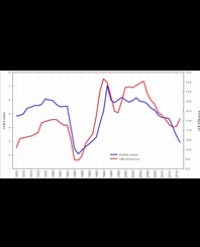
Should Pharmacological Treatment for Adolescents with Opioid Dependence Differ from that for Adults?
T he 17-year-old female patient presented herself for the first planned inward treatment. She reported having smoked Cannabis since the age of 13 years. At the age of 15 she smoked Heroin for the first time, and she did so (2 to 3 g daily) until the beginning of her substitution treatment five months ago with 80 mg L-Polamidon which she received from a general practitioner. In contact cautious, visibly excited and a sad basic mood she wished a detoxification treatment and subsequent psychotherapy. She was born in Iran. The father was a professional bodybuilder and was murdered in 2002 there. The 45-year-old mother had a fitness club in Iran. The patient immigrated to Turkey at the age of ten together with her mom and 18-year-old sister. Her mother and her sister still lived in Turkey. She reported in good English about the separation from her mother after beginning to work with 13 years. At the age of 15, her uncle from Iran met her and lured her into an apartment. Against her will he married her with his son, her cousin. He mistreated her and after month she had succeeded in escaping, come to Germany via Greece. Living in a girls’ home for five months she was attending school, showing good achievements and liked to be an ergotherapist, because she love to work with her hands, paint and do yoga.
Florian Ganzer*




